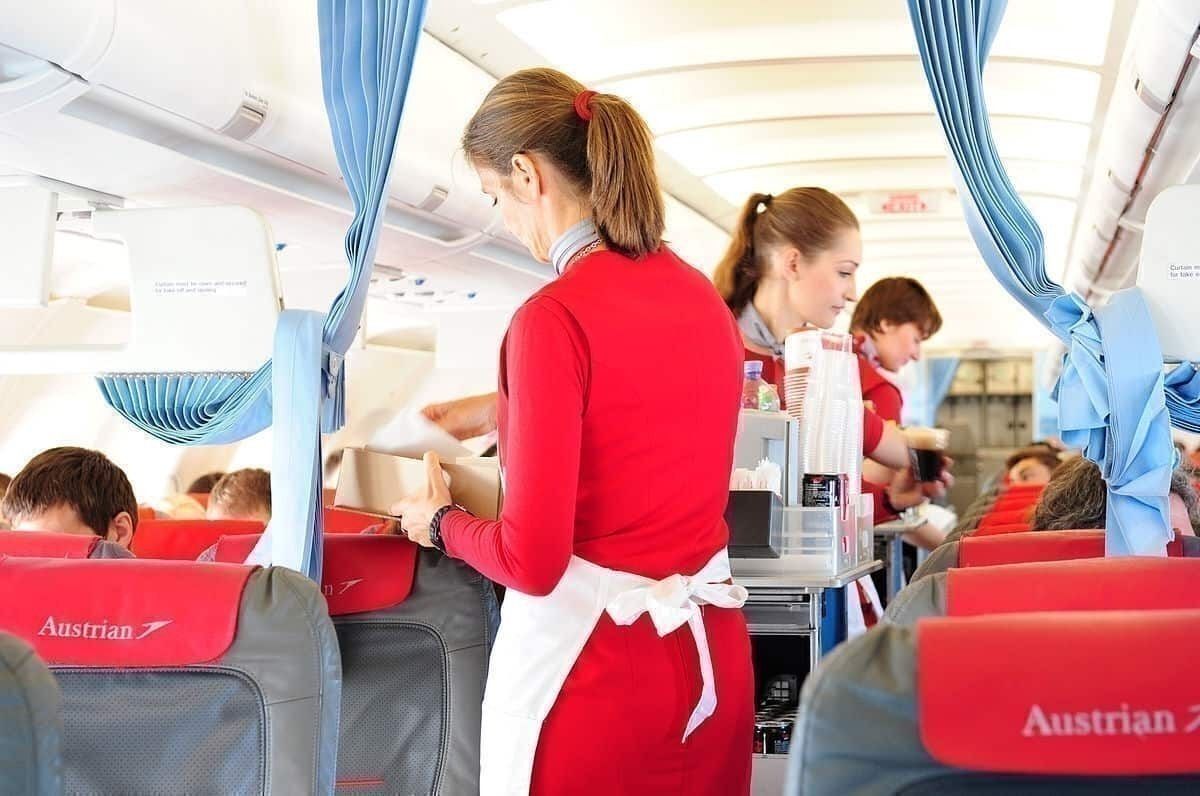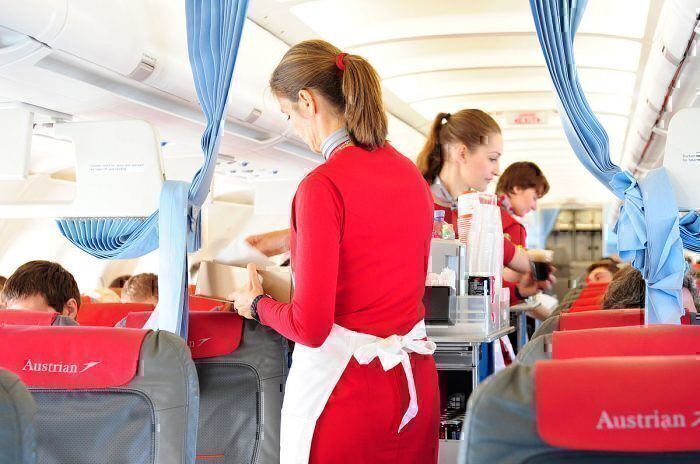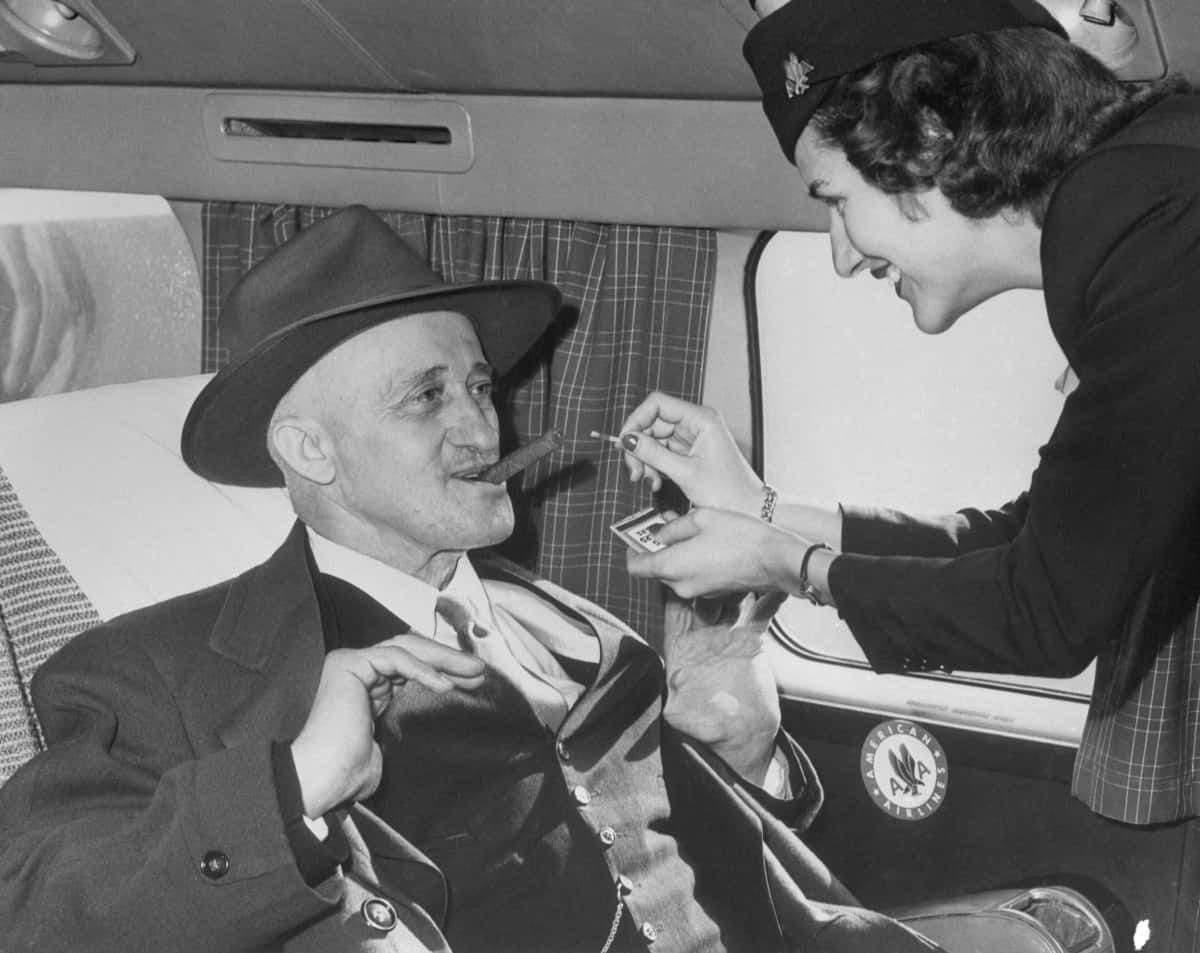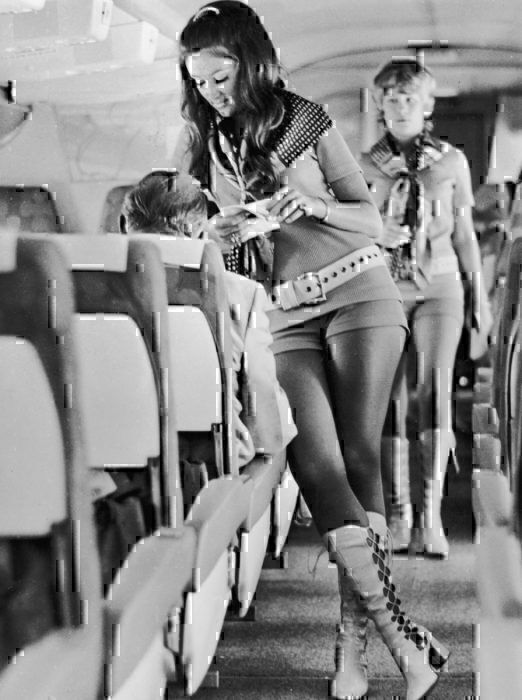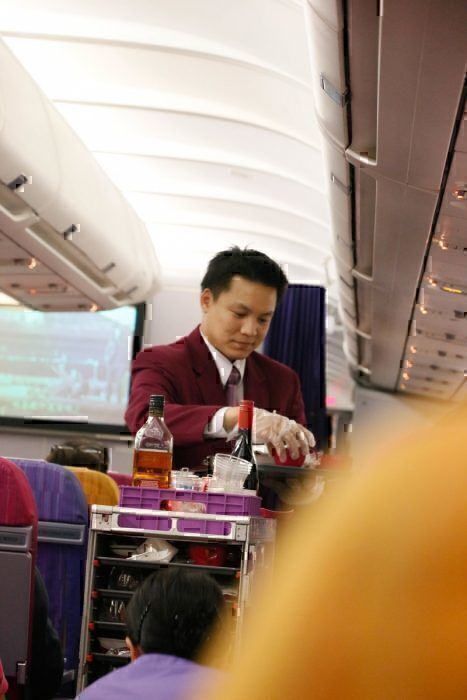The majority of the world's cabin crew are women. That's a fact. However, it's a widely accepted notion that a lot has been done for gender equality in the past few decades. That said, when it comes to the diversity of those who help us inflight, gender equality is particularly lacking. So, why are most cabin crew female? Is anything being done about it?
A history of the female flight attendant
In the Western world, it's common to think that gender equality has become a lot more progressive. Many fundamental rights have been won for women in recent history. However, when it comes to the aviation industry, in some senses, there is still a long way to go. Not only are many of the cabin crews in our skies women but airlines continue to advertise a gender-bias for these roles. However, that wasn't always the case.
Paradoxically, when cabin crew were first employed, flight attendants were exclusively male. Heinrich Kubis became the world's first flight attendant back in 1912 as part of the German airline DELAG which operated zeppelins.
At that time, the role of cabin crew was primarily concerned with safety and not with attending passengers with food and drink. Following on from Kubis' employment, airlines continued to seek male staff to work within the aircraft. It wasn't until some 18 years later that the first female cabin crew member joined an airline.
Ellen Church joined Boeing Air Transport in 1930 and worked on aircraft as a registered nurse. It was from this moment that the role of the flight attendant began to evolve in order to include a more attentive approach. As a result, airlines looked to female nurses to provide care for passengers inside the cabin. The effect was an influx of female applicants who helped to create the basis of cabin crew today.
Why are flight attendants still predominantly female?
Because of how rapidly the persona of the flight attendant became associated with women, females began to dominate as a stereotype. However, it wasn't only by the applicants' doing that this happened. In the middle of the 1900s, airlines imposed strict rules (many of which still prevail today) on the weight, age, marital status and appearance of these cabin crew. The idea was to not-so-subtly capitalize on the sexuality of women.
The cabin crew dress code for women garnered a lot of support and subsequent profits from male business class travelers who most commonly took international flights at that time. The gender of a cabin crew member really was all or nothing.
Much of what remains today in the characteristics of a typical cabin crew member has been created from stereotypes that were formed in the mid-1900s. Today, women consistently make up over 75% of the cabin crew workforce in the US. It's a job that's presented as being very glamourous and feminine which has alienated much male interest.
Can we expect a shift in the dynamic of cabin crew in the coming years?
Is the industry changing?
Despite a high proportion of women being employed as cabin crew, there are signs that the industry is changing. Slight inclines have been noted in the number of male applicants seeking positions as flight crew.
However, for those men who want to become cabin crew, there is a fundamental barrier in their way. Not all airlines are adopting what could be called avant-garde attitudes against discrimination. What may seem like sexism is just the way business works for some airlines around the world. For example, Indigo the low-cost Indian airline advertises solely for female cabin crew in both experienced and inexperienced positions. On its website, it says that it only accepts applications from:
"Female Indian nationals, with an Indian Passport, between 18 to 27 years of age."
The question that this scenario raises is: should airlines be forced to change their business model to support more male flight attendants?
Unfortunately, as long as rules like this continue to exist, it's unlikely that the cabin crew subsection of the air travel industry can undergo the radical change that it needs. It is clear that more men are applying for roles in this industry but the incentive for them to succeed in this role is not as universally accepted as it is for women.
Do you believe that more men should be flight attendants? Is the industry trying hard enough to create gender equality? Have your say in the comments.

